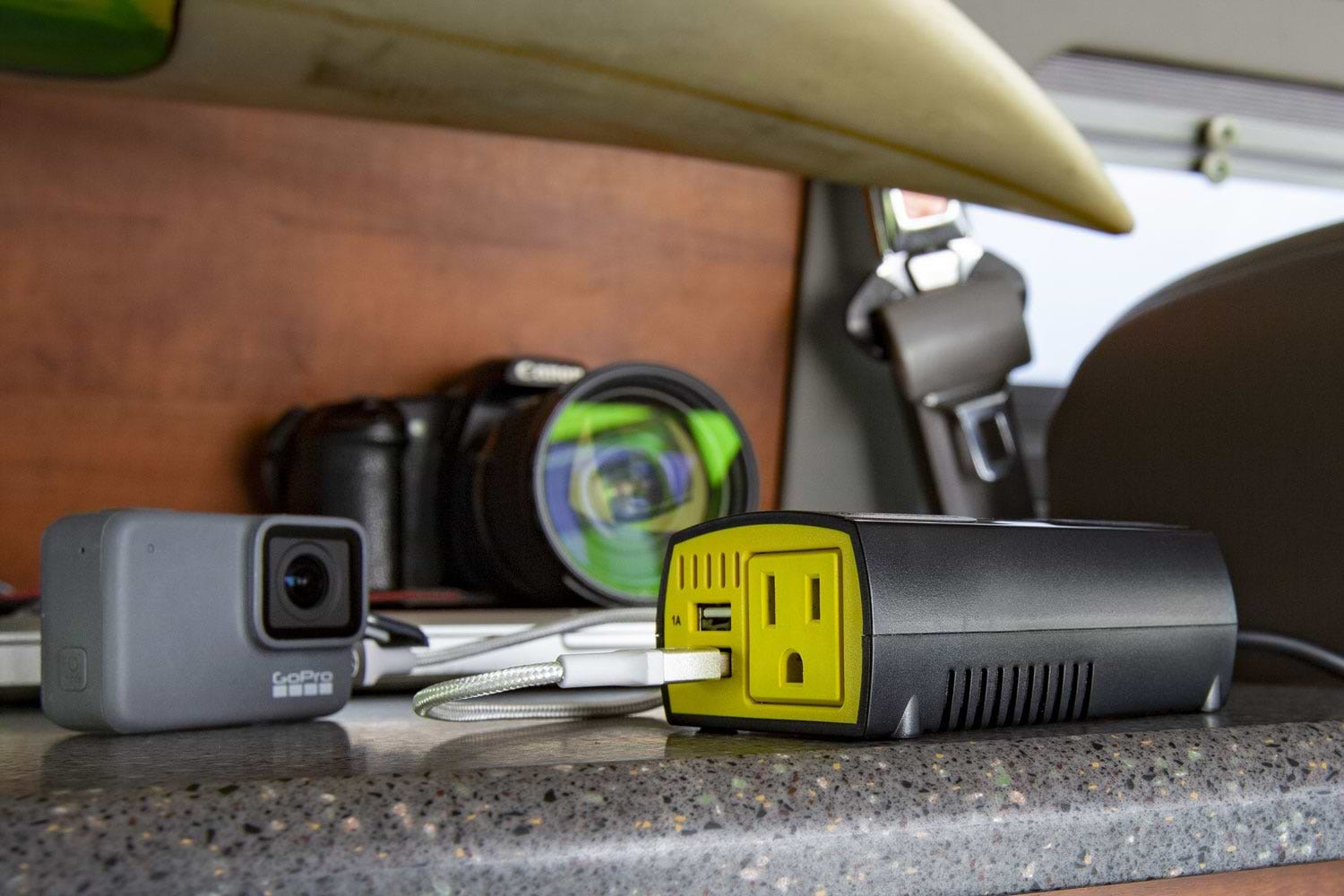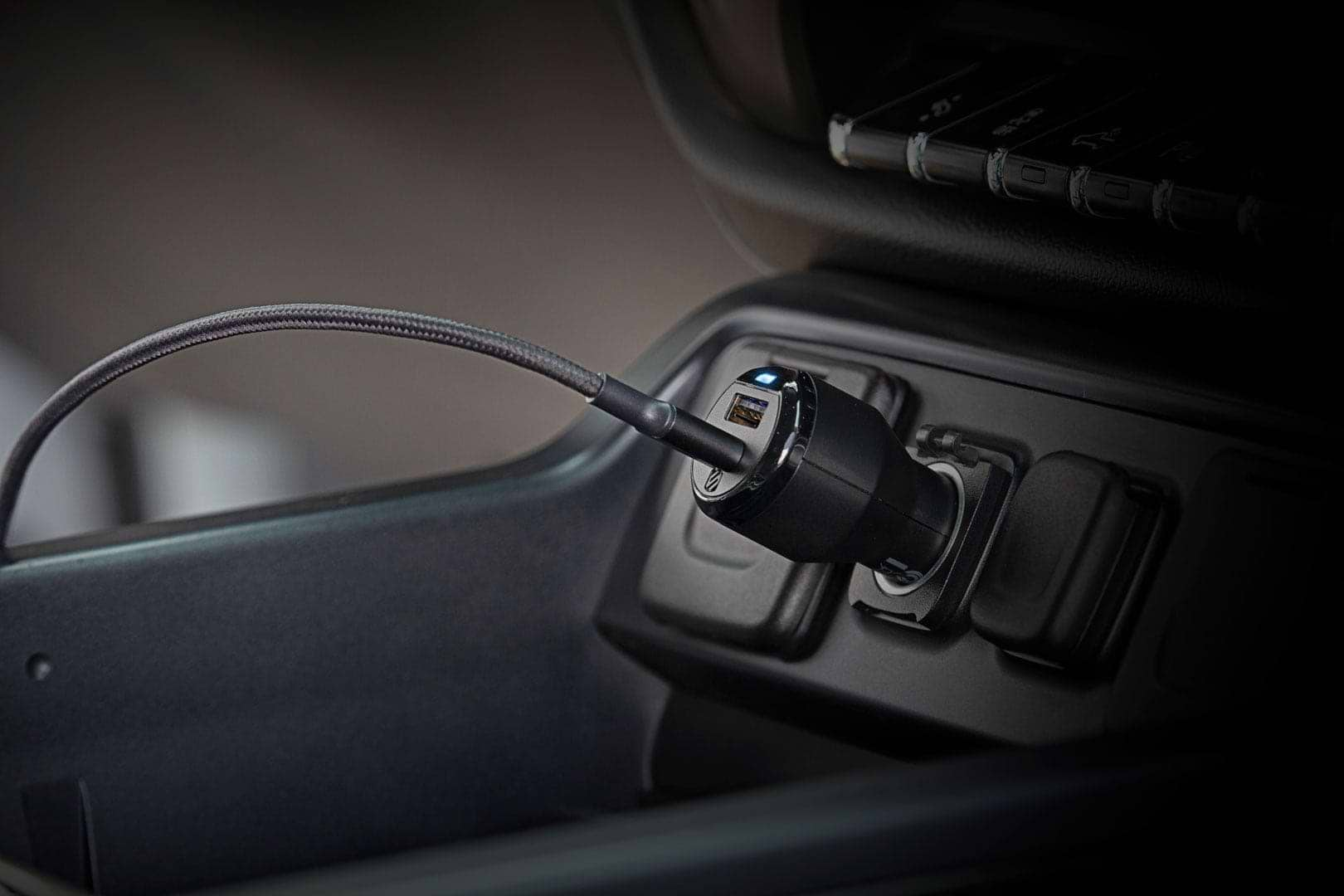Speed Comparison: USB-C vs. Standard USB

The advancements in USB technology have revolutionized the way we connect and transfer data between devices. With the release of USB-C, a new standard has been set, promising faster speeds and improved functionality. In this article, we will explore the differences between USB-C and standard USB, examining their key features, speed and performance, as well as their pros and cons.
By the end, you will have a better understanding of which USB type is best suited for your needs.
Understanding USB Technology
To appreciate the impact of USB-C, it is important to understand the evolution of USB technology. USB, which stands for Universal Serial Bus, was first introduced in the mid-1990s as a universal connection interface for computers and peripherals. Over time, USB has undergone several revisions and enhancements, leading to the development of USB-C.
The Evolution of USB
USB has come a long way since its inception. We have witnessed the transition from USB 1.0 to USB 2.0, and then to USB 3.0 and 3.1. Each new version brought improvements in terms of speed, power delivery, and compatibility. USB 1.0, with its maximum data transfer rate of 12 Mbps, was a significant leap forward from the slower serial and parallel ports that were prevalent at the time. However, it was USB 2.0 that truly revolutionized the industry, offering a staggering data transfer rate of 480 Mbps, ten times faster than its predecessor. This increase in speed allowed for faster file transfers and improved device performance.
With the introduction of USB 3.0, USB technology reached new heights. USB 3.0 boasted a data transfer rate of up to 5 Gbps, making it even faster than USB 2.0. This increase in speed was accompanied by enhanced power delivery capabilities, enabling devices to charge faster and more efficiently. USB 3.0 also introduced backward compatibility, ensuring that devices designed for previous USB versions could still be used with the new standard.
Building upon the success of USB 3.0, USB 3.1 brought further improvements to the table. With a data transfer rate of up to 10 Gbps, USB 3.1 doubled the speed of its predecessor. This increase in speed was particularly beneficial for transferring large files, such as high-resolution videos and images. USB 3.1 also introduced the concept of USB Power Delivery (USB PD), which allowed for faster charging of devices and the ability to deliver more power to connected peripherals.
Key Features of USB Technology
USB technology offers several key features that have made it immensely popular. First and foremost, it provides a universal platform that allows devices to connect and communicate with each other seamlessly. This universality has played a crucial role in the widespread adoption of USB across various industries and devices, from computers and smartphones to printers and external hard drives.
Another notable feature of USB is its plug-and-play functionality. Unlike older connection interfaces that required complex installation processes, USB devices can be easily connected and used without the need for additional software or drivers. This plug-and-play capability has simplified the user experience and made USB devices more user-friendly.
Additionally, USB allows for simultaneous data transfer and power delivery, making it extremely versatile and convenient. This feature has been particularly beneficial for mobile devices, as it enables users to charge their devices while transferring data, eliminating the need for multiple cables and adapters. The ability to transfer data and charge devices simultaneously has become a standard requirement for modern USB implementations.
Furthermore, USB technology has evolved to support various connector types, including the traditional USB Type-A, the smaller USB Type-B, and the reversible USB Type-C. The introduction of USB Type-C has been a game-changer, as it offers a smaller, more versatile connector that can be plugged in either way, eliminating the frustration of trying to insert the connector correctly. USB Type-C also supports faster data transfer rates, higher power delivery capabilities, and the ability to transmit audio and video signals, making it the future of USB connectivity.
An In-depth Look at Standard USB
Standard USB, also known as USB-A, is the familiar rectangular-shaped USB port that we have all grown accustomed to. It has been the standard for many years and is still widely used across various devices.
But have you ever wondered about the history and evolution of standard USB? Let's take a journey back in time to explore the origins of this ubiquitous port.
Back in the early 1990s, a group of seven companies, including Compaq, DEC, IBM, Intel, Microsoft, NEC, and Nortel, came together to develop a universal serial bus (USB) standard. Their goal was to create a single interface that could connect multiple devices, simplifying the process of connecting peripherals to computers.
After years of development and collaboration, the USB 1.0 specification was released in 1996. This initial version offered a data transfer rate of 1.5Mbps, which was a significant improvement over existing serial and parallel ports.
Speed and Performance of Standard USB
Standard USB, particularly USB 3.0 and 3.1, offers impressive data transfer speeds of up to 5Gbps and 10Gbps respectively. This makes it suitable for a wide range of applications, from transferring files to connecting peripherals such as keyboards and mice.
But what exactly does this mean in real-world scenarios? Let's say you have a large video file that you want to transfer from your computer to an external hard drive. With USB 3.0, you can expect the transfer to be completed in a matter of seconds, thanks to its blazing-fast data transfer speeds.
Furthermore, the USB 3.1 specification introduced the concept of "SuperSpeed+", which allows for even faster data transfer rates. This is particularly beneficial for professionals working with large datasets or high-resolution media files.
Pros and Cons of Standard USB
One of the main advantages of standard USB is its widespread compatibility. Practically all devices support USB-A connections, ensuring seamless connectivity between devices. Whether you're connecting a printer, a smartphone, or a gaming controller, chances are it will have a USB-A port.
However, it is worth noting that standard USB cables are not reversible, which can sometimes be inconvenient. How many times have you tried to plug in a USB cable, only to realize it's upside down? With the introduction of USB-C, reversible cables have become more common, eliminating this frustration.
Additionally, the speed limitations of standard USB may not meet the demands of power users who require lightning-fast data transfer rates. For professionals working with large files or gamers who need low-latency connections, alternative interfaces like Thunderbolt or USB-C may be more suitable.
In conclusion, standard USB has come a long way since its inception. It has revolutionized the way we connect devices and transfer data, offering impressive speeds and widespread compatibility. However, as technology continues to evolve, we may see USB-A gradually being replaced by newer and faster interfaces. But for now, it remains a reliable and widely-used standard that we can all rely on.
Unveiling the USB-C
USB-C, also known as USB Type-C, is the latest standard in USB technology. It features a smaller, reversible connector that has quickly gained popularity due to its numerous advantages.
But what exactly makes USB-C so special? Let's dive deeper into its speed and performance, as well as its pros and cons.
Speed and Performance of USB-C
USB-C has significantly improved upon the speed and performance of standard USB. With USB 3.1 Gen 2, USB-C can reach speeds of up to 10Gbps, matching the fastest speeds of standard USB. This means that transferring large files, such as high-resolution videos or extensive photo libraries, becomes a breeze.
However, the real power of USB-C lies in its ability to support Thunderbolt 3 technology, which can deliver speeds of up to 40Gbps. This makes USB-C ideal for high-performance tasks such as video editing and gaming. Imagine being able to transfer an entire 4K movie in just a matter of seconds!
Not only does USB-C offer lightning-fast speeds, but it also supports multiple protocols, including DisplayPort and HDMI, allowing you to connect your devices to external monitors or projectors with ease. This versatility makes USB-C a game-changer for professionals who rely on multiple displays for their work.
Pros and Cons of USB-C
USB-C offers several advantages over standard USB. Its reversible connector eliminates the frustrations of trying to insert the cable the right way. No more flipping the cable multiple times just to get it to fit! This small but significant improvement saves time and eliminates wear and tear on the connector.
USB-C also supports bi-directional power delivery, allowing it to charge devices and deliver power to peripherals simultaneously. This means that you can charge your laptop while connecting it to an external hard drive or other USB-C enabled devices, without the need for additional power adapters or cables.
However, due to its relatively new status, not all devices and peripherals fully support USB-C, which can limit its compatibility in certain situations. While many smartphones, laptops, and tablets now come with USB-C ports, older devices may still rely on the traditional USB-A or micro-USB connectors. This can be a minor inconvenience, but as USB-C becomes more widespread, compatibility issues will likely become less of a concern.
In conclusion, USB-C is a revolutionary technology that offers faster speeds, improved performance, and enhanced versatility compared to standard USB. Its reversible connector and bi-directional power delivery make it a convenient choice for both charging and data transfer. While compatibility may still be a consideration, USB-C is undoubtedly the future of USB technology.


Technical Comparison: USB-C vs Standard USB
To further compare USB-C and standard USB, let's examine some key technical differences between the two.
Speed Differences
As mentioned earlier, USB 3.1 Gen 2 can deliver the same speeds on both USB-C and standard USB, reaching up to 10Gbps. However, USB-C has the advantage of supporting Thunderbolt 3 technology, which can achieve speeds of up to 40Gbps.
Data Transfer Rates
USB-C's faster transfer rates make it ideal for tasks that involve large file transfers, such as backing up data or editing high-resolution videos. Standard USB, on the other hand, is sufficient for everyday tasks like connecting peripherals and transferring smaller files.
Power Delivery Capabilities
USB-C surpasses its standard counterpart when it comes to power delivery. With USB-C, you can charge devices with higher power requirements, such as laptops and tablets, without compromising on data transfer speeds.
Choosing the Right USB for Your Needs
When selecting a USB type, there are several factors to consider.
Considerations for Selecting USB Type
- Compatibility: Assess the devices and peripherals you currently own and determine if they support USB-C or if you may require adapters.
- Speed Requirements: If you frequently transfer large files or work with high-performance applications, USB-C's faster speeds may be beneficial.
- Future-proofing: Given the increasing popularity of USB-C, investing in USB-C compatible devices ensures future compatibility and flexibility.
By evaluating these considerations, you can make an informed decision about which USB type best suits your needs.
Future of USB Technology
As technology continues to advance, so does USB. USB-C represents a significant step forward, offering faster speeds, improved power delivery, and greater versatility. It is expected that USB-C will become even more prevalent in the coming years, with more devices adopting this standard. In fact, some industry experts predict that USB-C may eventually replace standard USB as the universal connection interface.
Conclusion
In conclusion, USB-C offers considerable advantages over standard USB in terms of speed, performance, and versatility. Its reversible connector, faster data transfer rates, and power delivery capabilities make it a compelling choice for power users and those seeking future compatibility. However, standard USB still holds its ground with its widespread compatibility and reliable performance. When deciding between USB-C and standard USB, it is essential to consider your specific needs and prioritize accordingly. USB technology continues to evolve, and as the future unfolds, USB-C is poised to become the new standard in connectivity.